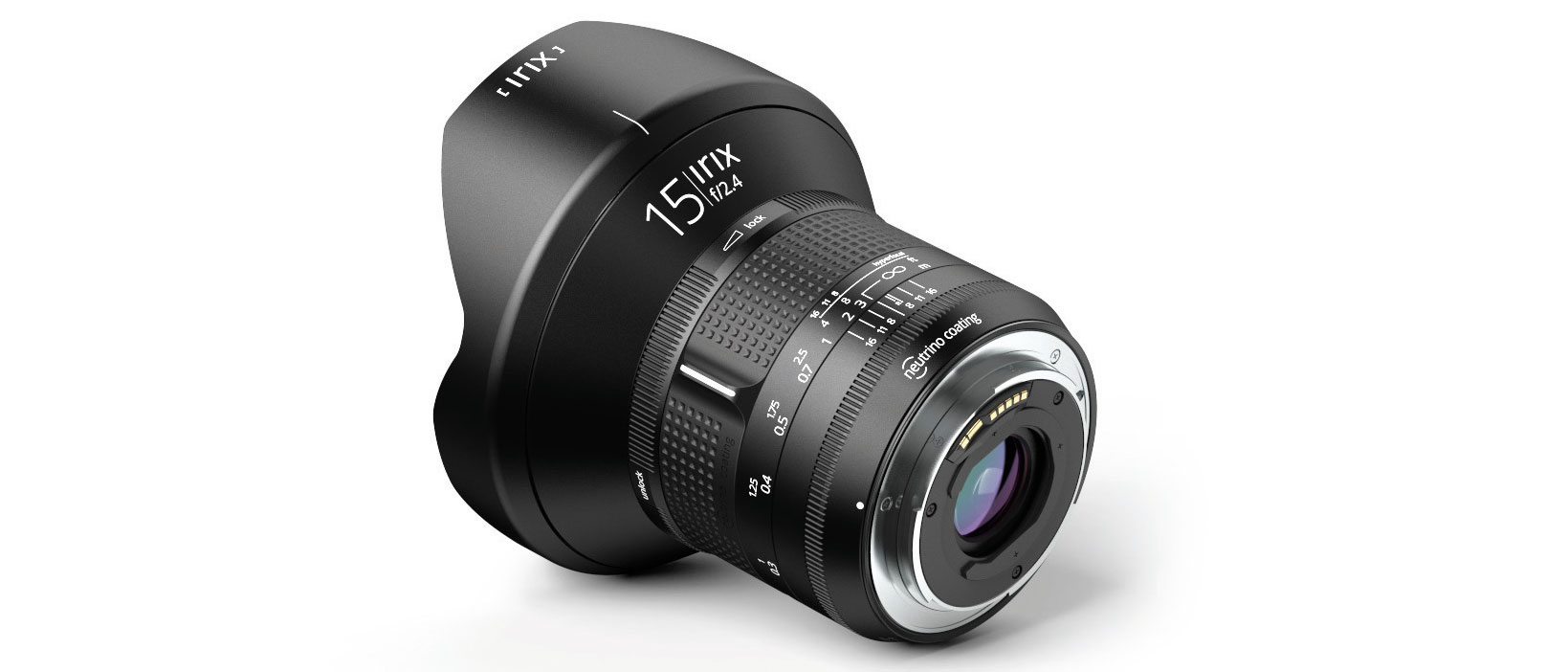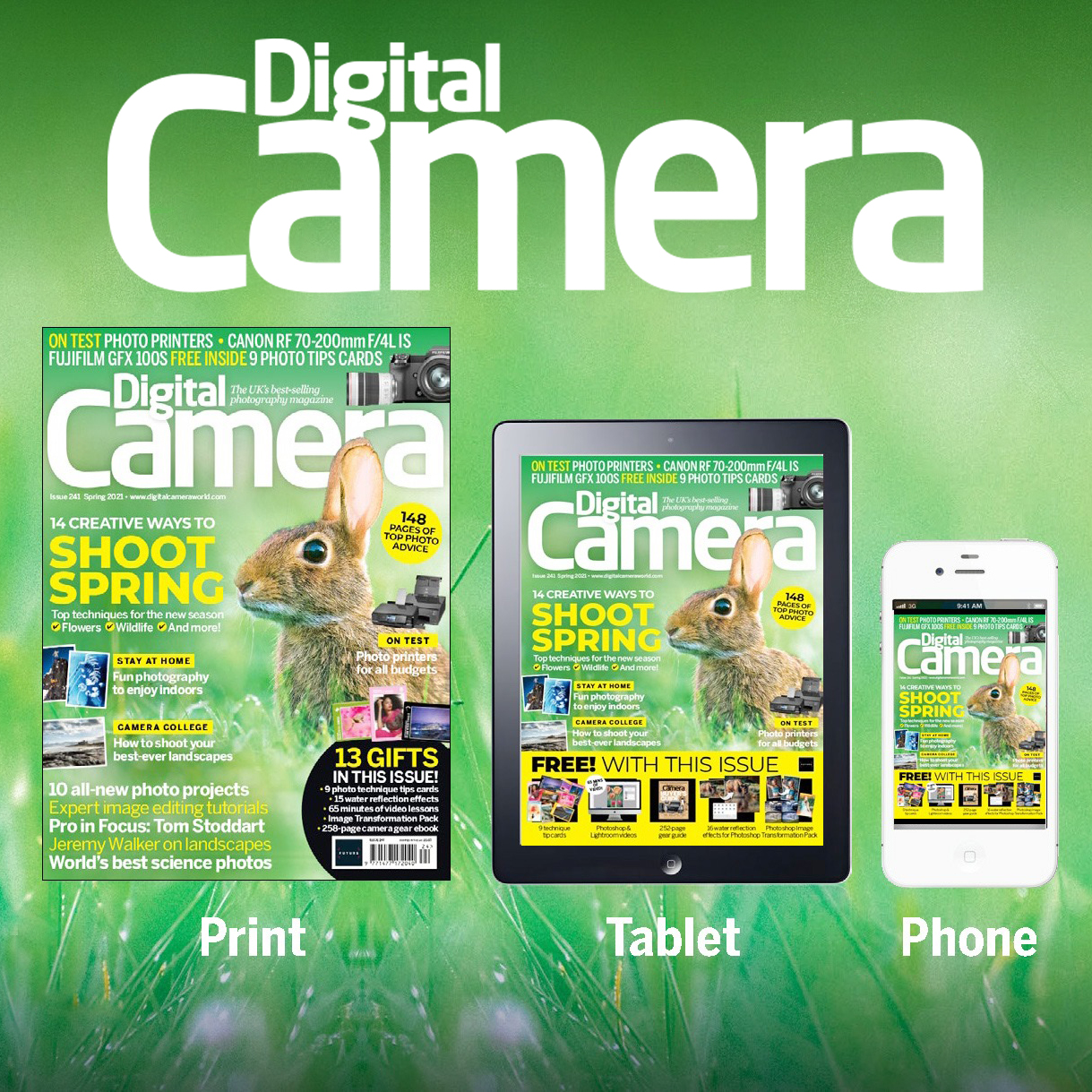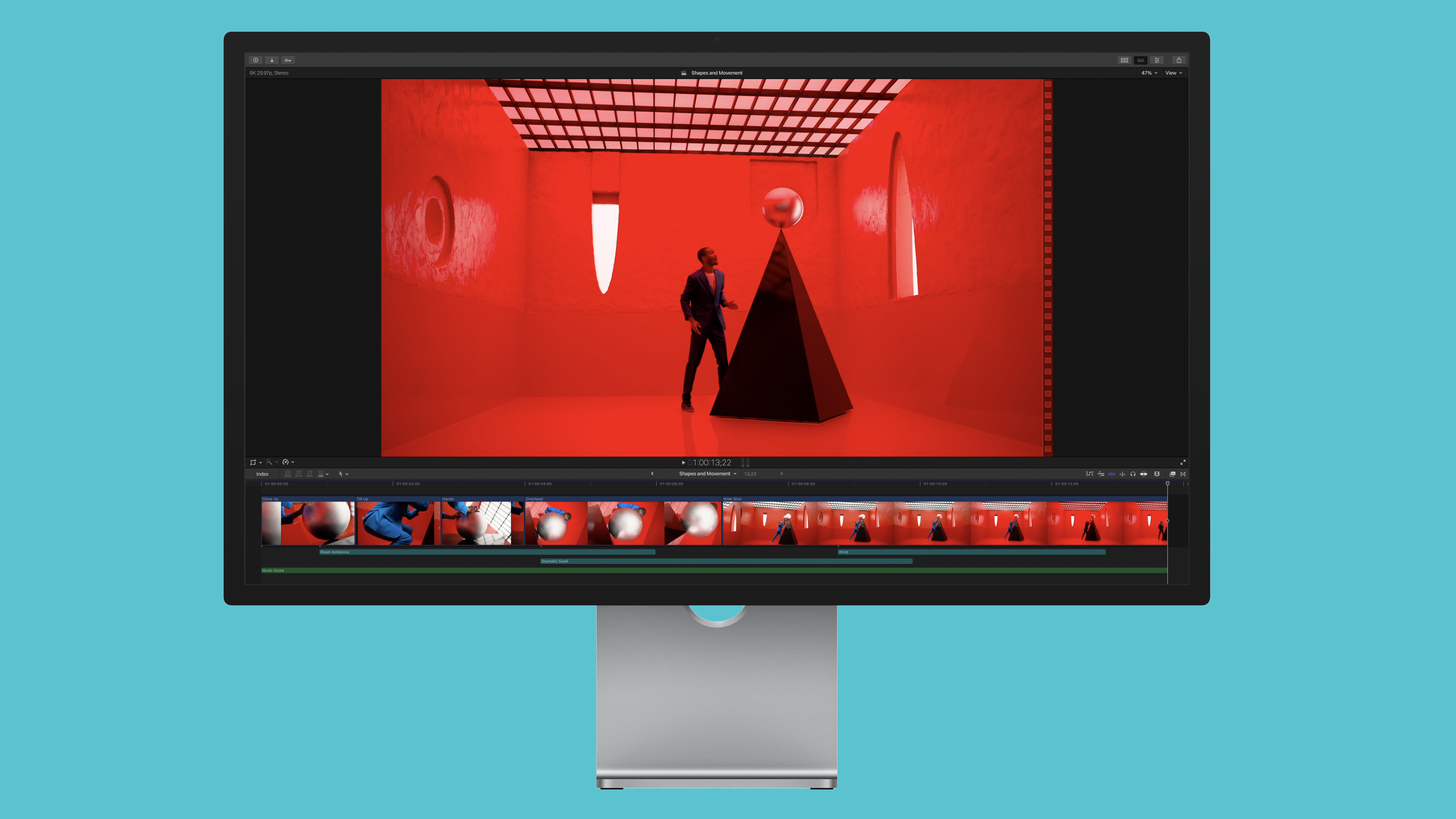Digital Camera World Verdict
The Irix 15mm combines impressive handling and build quality with superb image quality, at a bargain price. The only flaw in our review sample was the lack of exposure consistency.
Pros
- +
Smooth controls
- +
Compatible with auto exposure
- +
Excellent sharpness
Cons
- -
Manual focus only
- -
Some vignetting at wider apertures
- -
Occasionally erratic aperture control
Why you can trust Digital Camera World
The market in fixed-focal-length (prime) lenses is booming, especially for more specialised optics like ultra-wide-angle lenses.
And despite the high-tech thrills of autofocus, auto-exposure and auto everything else, there’s a growing number of lens manufacturers who seem intent on turning back the clock to the days before autofocus. Irix is a notable newcomer, blending Swiss design with Korean manufacture.
Read more: The complete guide to Canon's lens terms
Although this Irix 15mm lens lacks autofocus, it has all the electronics to enable focus assist and confirmation lamps in the viewfinder, and for the aperture to be set from the camera body. It can therefore be used in Program, Aperture Priority and Shutter Priority exposure modes, as well as in metered Manual mode.
The optical path includes two aspherical, two extra-low-dispersion and two high-refractive-index elements, along with neutrino standard/nano coatings.
Bonus extras for focusing include a focus-lock ring and a fine-tuning mechanism to tailor the lens to specific camera bodies.
Weather seals are fitted to the mounting plate, focusing ring and focus lock ring. The alternative Blackstone edition of the lens adds an extra seal at the front.
The best camera deals, reviews, product advice, and unmissable photography news, direct to your inbox!

Build & handling
Available in Canon, Nikon and Pentax mounts, the lens is offered in two editions. The Firefly has a quality plastic casing, while the Blackstone features a magnesium alloy build and adds engraved, glow-in-the-dark markings. The Firefly and Blackstone 15mm lenses are optically identical.
The smoothness and precision of manual focusing is impeccable, and the thumb-friendly ridge on the focus ring adds to the feel. Focusing aids include a click-step as you pass the infinity position and markings for both depth of field and hyperfocal distance at apertures of f/8, f/11 and f/16.
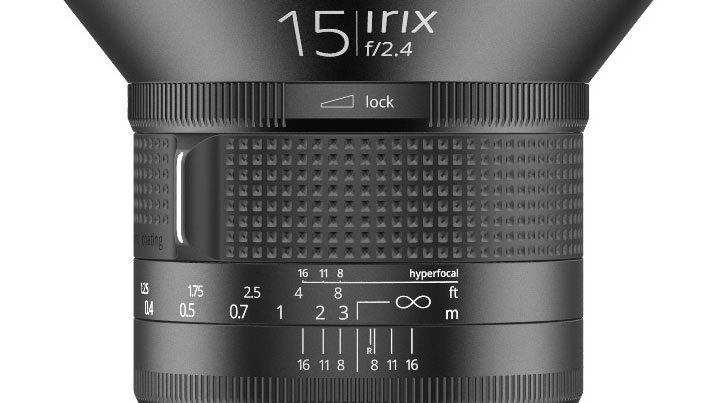
You can fine-tune the calibration of the focus distance scale for individual camera bodies, adding precision to zone focusing. The lens is supplied with a petal-shaped hood, complete with a sliding flap for adjusting the rotation of 95mm filters. There’s also a slot in the rear of the lens for gelatin filters.
Performance
Vignetting is quite severe at apertures wider than f/4 and we experienced a few exposure inaccuracies during our tests with the Nikon-fit lens.
Even so, contrast and sharpness are excellent, colour fringing and distortion are superbly well-controlled, and resistance to ghosting and flare is very good.
Lab tests
Sharpness
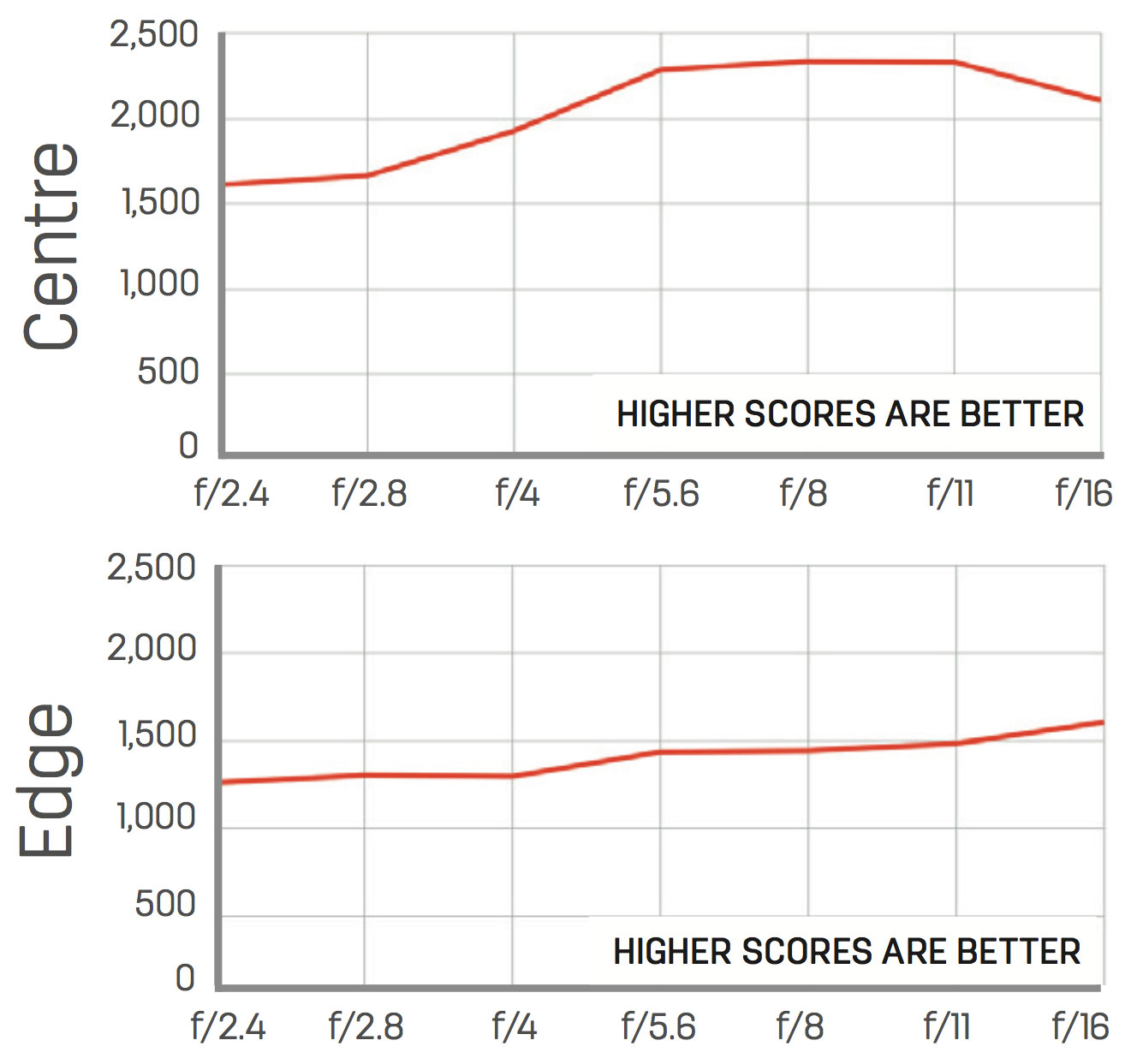
Sharpness is measured at the centre and edge of the frame and across the aperture range. The Irix is very good when you shoot with the lens wide open – and becomes superb between f/4 and f/16.
Colour fringing (nearer 0 is better)
- f/2.4 1.01
- f/5.6 0.76
- f/16 0.6
Colour fringing is measured at three aperture settings (below). It's almost completely absent in this lens, even towards the extreme frame corners.
Distortion

Distortion is displayed on a scale of negative values (barrel distortion) through zero (zero distortion) and positive values (pincushion distortion). Here, it is less than when using the same focal length with most wide-angle zooms.
Verdict
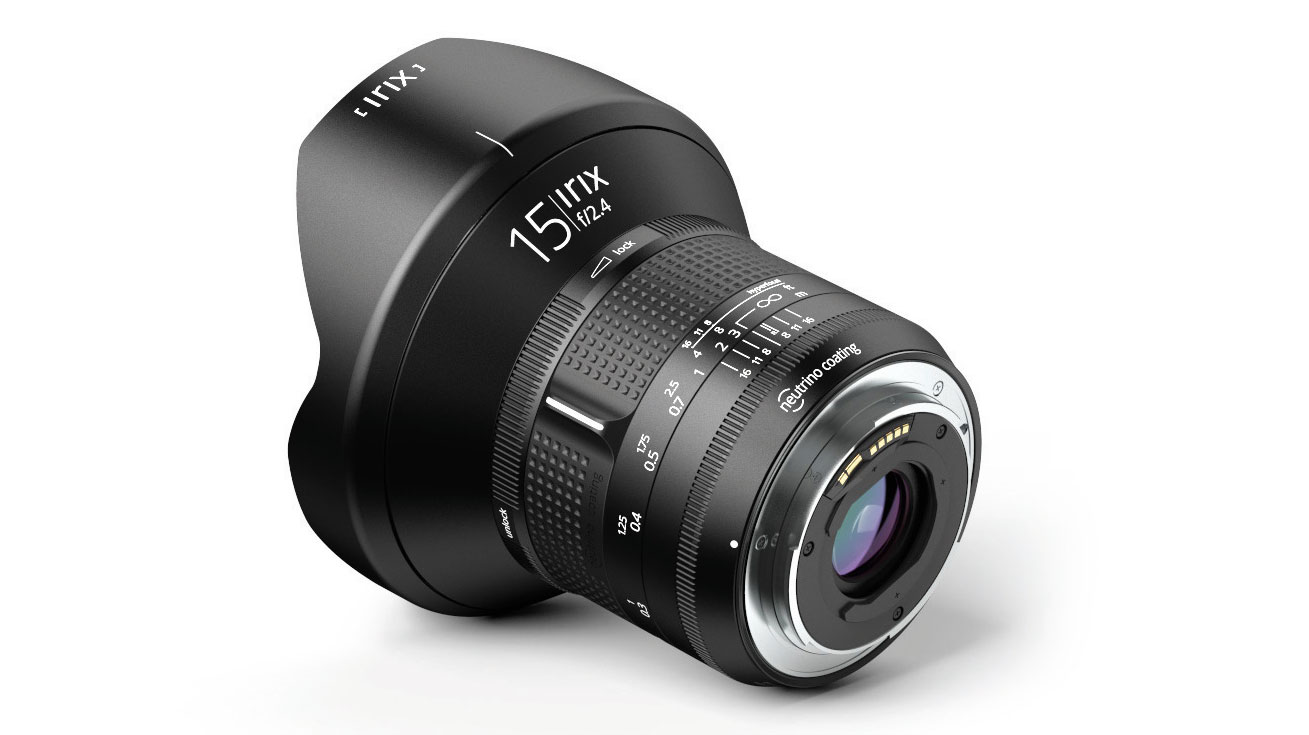
The Irix 15mm f/2.4 combines impressive handling and build quality with superb image quality, at a bargain price. The only flaw in our review sample was the lack of exposure consistency.
Specifications
Full-frame compatible: Yes
Mount options: Canon, Nikon, Pentax
Image stabiliser: No
Minimum focus distance: 0.28m
Field of view: 110 degrees (diagonal)
Focus type: Manual only
Focus limit switch: No
Internal focus: Yes
Filter size: 95mm plus rear gelatin
Iris blades: 9 (rounded)
Weather seals: Yes
Supplied accessories: Caps, hood, pouch
Dimensions (dia x length): 114 x 100mm
Weight: 581g (Canon fit, 608g)
Read more: Digital Camera World Quiz: Lens techniques
The sister print publication to this website, Digital Camera Magazine is Britain's best-selling photography publication – and it can also be purchased outside the United Kingdom as Digital Camera World.
Digital Camera Magazine is packed with more expert advice and more inspirational images than any other title, with the sole aim of helping you become a better photographer. Every issue we also bring you a selection of great gifts which are designed to help you get more from your photography – everything from tips cards and cheat sheets to free software and bookazines.
In addition to inspirational images, interviews, projects, mini tests and tutorials, each issue is packed with news, reviews and comparisons, as well as photographer vs photographer shootouts and head-to-head challenges using the best photo editing software.
The magazine is captained by Editor Niall Hampton.
